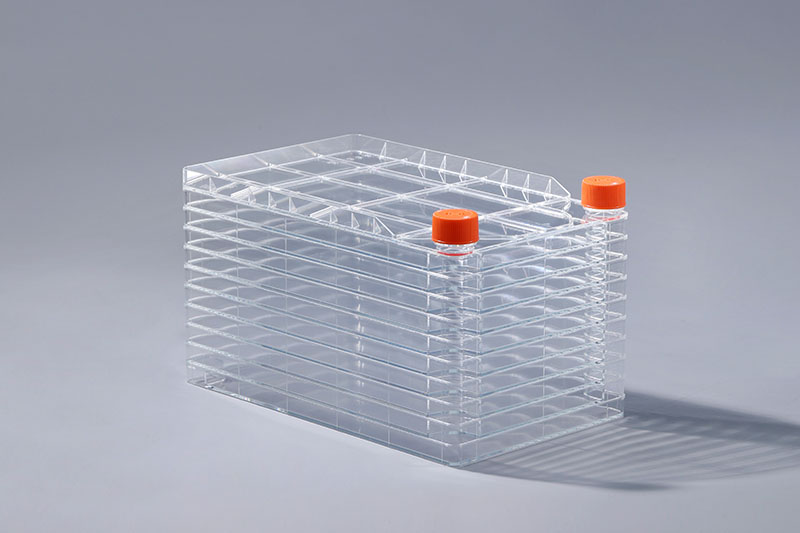細胞を培養するとき、私たちはしばしば様々な細胞汚染に悩まされます。細胞が汚染されると、細胞の成長に影響を与えるだけでなく、場合によっては、細胞を廃棄して再培養する必要があり、実験プロセスに影響を及ぼします。 Cellfactories は大規模な細胞培養で広く使用されており、それらの一般的な汚染は主に次の3つのカテゴリに分類されます:
1。物理的汚染:主に、温度、振動、放射、放射などの物理的要因による細胞への損傷を指します。細胞培養液を放射線や紫外線にさらすなど、細胞代謝に変化を引き起こします。インキュベーターの周りには機械的振動を発生させる可能性のあるデバイスがあり、これも細胞の成長に一定の影響を与える可能性があります。
2。化学的汚染
細胞培養に使用される培地と水は、オートクレーブで滅菌する必要があります。その中で、血清は細胞培養で一般的に使用される培地であり、血清には潜在的な化学的汚染があります。さらに、血清の組成は不確かであり、毒性や副作用を含む、さまざまな細胞の成長に対する血清の影響は異なります。
3。微生物汚染
微生物汚染とは、細胞が細胞工場で成長するときに成長する細菌、カビ、マイコプラズマ、黒虫などのさまざまな汚染源を指します。黒い接着剤の虫に汚染された後、細胞に小さな黒い斑点が現れ、高倍率の顕微鏡で不規則な動きを見ることができました。培地の濁度は明らかではなく、細胞の増殖状態に大きな影響はありません。
細胞を培養するために細胞工場を使用する場合、上記の3つの一般的な汚染タイプがあります。細胞は汚染源の影響を受けるだけでなく、生産環境、温度、浸透圧、pH値などの要素にも厳しい要件があります。適切な増殖環境のみが良好な細胞増殖を保証できます。調子。
The FAI climbed 5.9 percent year-on-year in the first 11 months of 2018, quickening from the 5.7-percent growth in Jan-Oct, the National Bureau of Statistics (NBS) said Friday in an online statement.
The key indicator of investment, dubbed a major growth driver, hit the bottom in August and has since started to rebound steadily.
In the face of emerging economic challenges home and abroad, China has stepped up efforts to stabilize investment, in particular rolling out measures to motivate private investors and channel funds into infrastructure.
Friday's data showed private investment, accounting for more than 60 percent of the total FAI, expanded by a brisk 8.7 percent.
NBS spokesperson Mao Shengyong said funds into weak economic links registered rapid increases as investment in environmental protection and agriculture jumped 42 percent and 12.5 percent respectively, much faster than the average.
In breakdown, investment in high-tech and equipment manufacturing remained vigorous with 16.1-percent and 11.6-percent increases respectively in the first 11 months. Infrastructure investment gained 3.7 percent, staying flat. Investment in property development rose 9.7 percent, also unchanged.
 English
English



















































